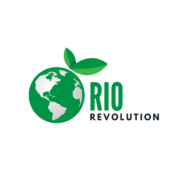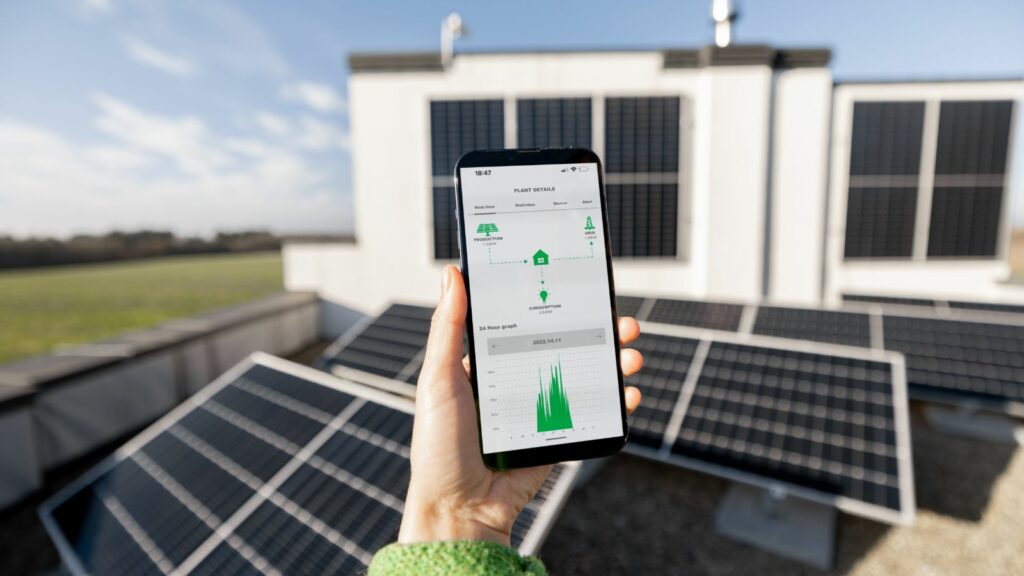As the world grapples with climate change and dwindling natural resources, the shift to green energy products has never been more crucial. These innovative solutions harness renewable sources like solar, wind, and hydroelectric power to reduce carbon footprints and promote sustainability. They’re not just a trend but a necessary step towards a cleaner, more sustainable future.
Green Energy Products
Green energy products harness renewable resources like solar, wind, and water to generate power. These eco-friendly solutions replace traditional energy sources, which often rely on fossil fuels, thereby reducing greenhouse gas emissions. By using natural elements, they offer cleaner alternatives that contribute to environmental preservation.
Types of Green Energy Products
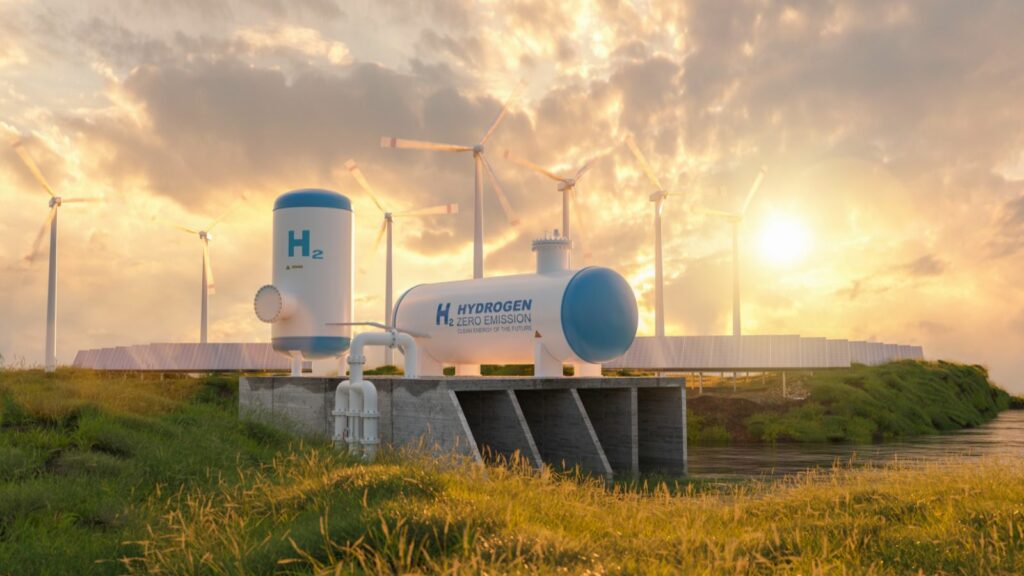 Solar panels capture sunlight and convert it into electricity for homes and businesses. These panels not only reduce reliance on non-renewable energy but can also lower utility bills over time. Wind turbines, primarily used in rural or coastal areas, generate electricity from wind movement.
Solar panels capture sunlight and convert it into electricity for homes and businesses. These panels not only reduce reliance on non-renewable energy but can also lower utility bills over time. Wind turbines, primarily used in rural or coastal areas, generate electricity from wind movement.
Turbines produce significant energy output with minimal environmental disruption. Hydroelectric systems use water flow to produce electricity. Often, these systems are implemented in areas with abundant water resources, providing a consistent energy supply.
Benefits of Green Energy Products
Green energy products benefit both the environment and users. They offer reduced emissions and decreased pollution levels, contributing to cleaner air and water. Users often experience lower energy costs due to the efficiency of renewable sources compared to traditional energy. Enhancing energy independence by reducing dependence on imported fossil fuels is another significant advantage.
Benefits Of Using Green Energy Products
Green energy products offer significant advantages, contributing to environmental protection and reducing reliance on non-renewable resources.
Environmental Impact
Green energy products significantly lower carbon emissions. Solar panels and wind turbines generate power without releasing greenhouse gases, unlike fossil fuels. Reduced air and water pollution results from these cleaner energy sources, leading to healthier ecosystems. They help combat climate change by decreasing reliance on coal and oil, which are primary contributors to global warming.
Cost Savings
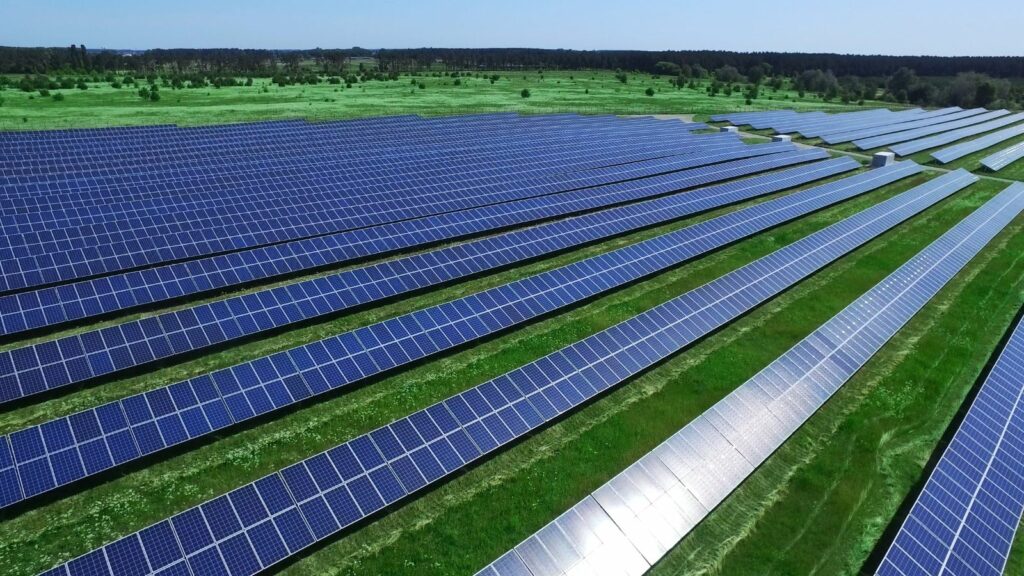
Adopting green energy products can lead to substantial cost reductions. Solar panels and wind turbines, for example, can decrease electricity bills by generating free power after initial setup costs.
Government incentives and tax breaks further enhance affordability. Maintenance costs are typically lower as renewable systems often have fewer moving parts compared to conventional power plants.
Energy Independence
Green energy products foster energy independence by utilizing local resources. Solar power and wind energy reduce reliance on imported fuels, enhancing national security. They promote a stable energy supply, as renewable sources are less susceptible to geopolitical tensions and market fluctuations. This shift supports a resilient and self-sufficient energy infrastructure.
Challenges In Adopting Green Energy Products
Cost remains a significant barrier to adopting green energy products. While long-term savings are achievable, the initial investment for solar panels, wind turbines, and other renewable technologies can be substantial. Many consumers and small businesses face difficulty overcoming these upfront costs without financial incentives or assistance.
Infrastructure limitations hinder widespread green energy adoption. Existing power grids may not support renewable integration effectively, leading to inefficiencies and reliability issues. Upgrading infrastructure requires substantial time, planning, and funding.
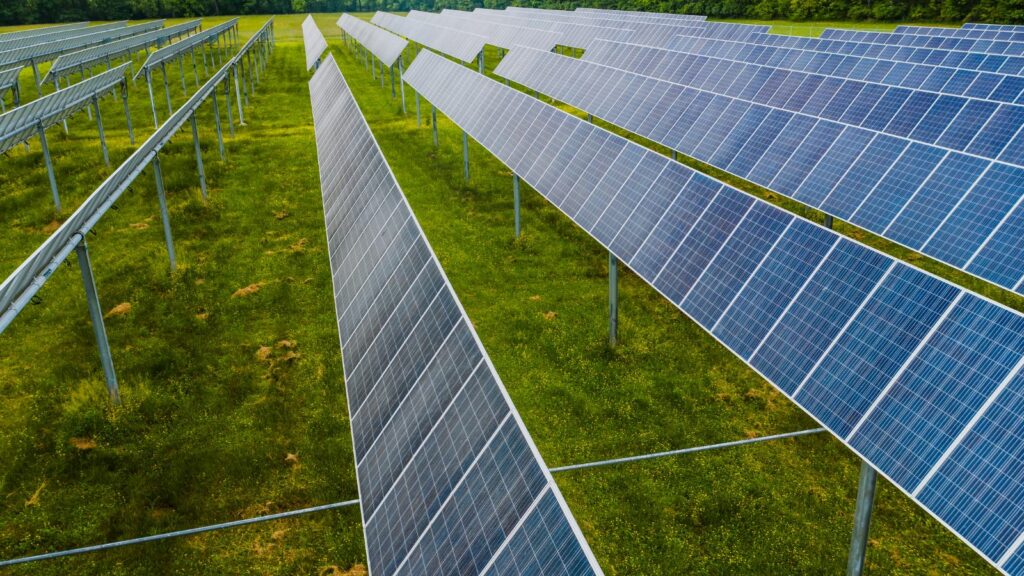
Regulatory barriers complicate the deployment of green energy products. Varying regional policies and permitting processes can delay or restrict projects. Navigating these regulations demands careful coordination and compliance efforts.
Intermittency in renewable energy sources presents operational challenges. Solar and wind energy depend on weather conditions, resulting in variability that affects consistent energy supply. To manage this, effective storage solutions and grid management are essential.
Public perception impacts the acceptance of green energy products. Misinformation and skepticism about renewable technologies’ effectiveness and reliability can deter adoption. Educating the public and addressing these misconceptions play a crucial role in increasing acceptance.
Promoting Energy Independence
Green energy products represent a pivotal shift toward a more sustainable future. As technological advancements continue to make these solutions more accessible and affordable, they offer a viable path to reducing carbon emissions and promoting energy independence. Embracing these innovations is crucial for both environmental health and economic benefits. Addressing challenges such as cost barriers and infrastructure limitations will be key to unlocking their full potential.
